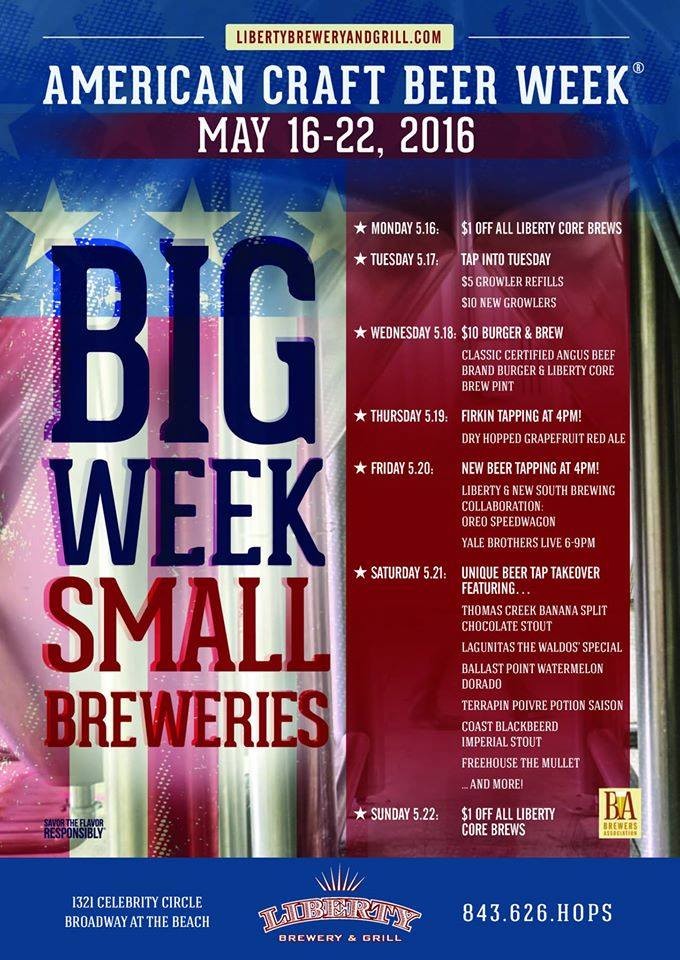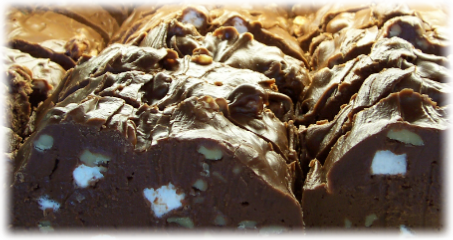Fudge is an American mystery.
No one knows for sure when it was first made or if it was the result of some happy error made by a candymaker trying to craft toffee or caramel.
The only thing we know for certain is that what came to be known as fudge was born in America, in the good ole USA, and probably in Baltimore, Maryland. We also know that it was wildly popular among the students of Vassar College in New York near the end of the 19th century — and that they began producing large quantities in their dorm rooms for their own private consumption.
How do we know this? Like so often occurs in history, clues to the origin of fudge were discovered in a pile of old letters. Yep, once again, it's snail mail that helped to unlock some of the mystery. John F. Mariani's "Dictionary of American Food and Drink" reports that a letter written in 1921 by Vassar alumni Emelyn Battersby Hartridge told of how she got the recipe for the delightful sweet from a Baltimore-based cousin of a friend in the early 1890s. That unnamed cousin was making and then selling the tasty, but also unnamed, confection in a grocery store for 40 cents a pound.
Emelyn knew a good thing when she tasted it — and she didn't hesitate to spread news of the new goodie — and its recipe. It became such a huge hit at Vassar that the Boston Globe published an article about it in 1895. Several papers around the country picked up the Globe's story and the nation began clamoring for the new treat.
As for the name "fudge," an 1893 recipe for "fudges" has been found, and Vassar students were calling it "fudge" by 1895. But there's no real trail leading back to the name's origins.
What we do know is that Americans have been enjoying fudge for more than 100 years. At Broadway at the Beach, we even have shops that specialize in it.
At The Fudgery North and The Fudgery South, fudge is served with a side of entertainment. What started as a way to lure customers into The Fudgery's first shop on the Outer Banks of North Carolina has become a tradition. Famous for "fudging showtunes and coaxing smiles," The Fudgery staff stir, turn and fold fudge into delicious candy while whipping out their own brand of musical fun. While you're watching the show, you can choose from nine flavors of fudge or sink your teeth into a scrumptious caramel apple while you're contemplating the other sweets The Fudgery offers.
Handmade Southern candies and fudge are ready for tasting at River Street Sweets. A tradition in historic Savannah, Georgia since 1973, this shop was founded by a family that jokes it has "fudge in their veins and pralines in their brains." Here is where you can find rich homemade classics like chocolate fudge, along with unique flavors like maple fudge. Guests are encouraged to stay awhile, watch the cooks on duty, and sample the candy. And when you do, ask for a taste of their other famous treat, "World Famous Pralines."
Kilwins has been offering great candy since 1947. Born on the shores of Lake Michigan, this shop has been making its awesome fudge since 1948 when Don Kilwin bought a marble table on which he began hand-crafting fudge. The star of Kilwins then and now is its smooth and creamy Mackinac Island Fudge made from an original recipe by founders Don and Katy Kilwin. You'll want to get a piece of that. But when you're at the shop, don't miss their other fudgey delights made with chocolate, peanut butter, lemon, rasberry, or sea salt & caramel.
Although we may never know the true origin of the fudge recipe or how the confection got its name, we can take comfort in knowing that more than a century after fudge became popular, there are still craftsmen at shops making this treat in a time-honored way.
That's important.
Because, as American novelist Joan Bauer wrote, "Everyone needs fudge . . . It's how God helps us cope."





